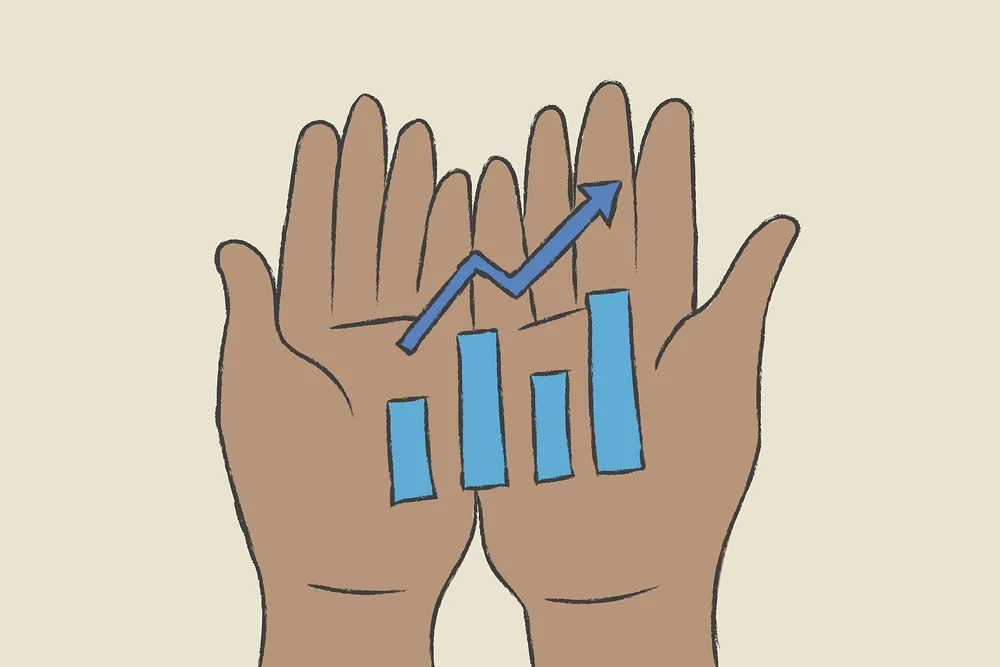
When it comes to fundraising, we often strive to use storytelling and tugging of heartstrings to appeal to potential donors. But there is a science behind doing this well. Research conducted on effective marketing tactics and donor psychology are extremely beneficial to crafting communications that engage donors. When data drives our decisions we get better results – and our causes benefit.
Many consultants share what works for them, and often have helpful data they’ve been able to collect based on their experience. Think tanks, such as Rogare, the Fundraising Think Tank, also produce research and thorough leadership that can impact our work. These are helpful, but only part of what is available. Academia also has researchers with an interest in the nonprofit sector. Some, like me, pursued higher education and research careers because they wanted to understand and impact nonprofits’ ability to raise more money. But our research is often difficult for practitioners to access.
Here are some tips on how to find and access these studies for yourself:
Where to look:
First, you’ll need to find a study. I love Google Scholar (scholar.google.com) to look for research. You can search broadly for something like “fundraising,” “nonprofit marketing,” or, “nonprofit donor motivation” and see what comes up. Or you could get specific and search, for example, “nonprofit direct mail strategy” or “nonprofit animal shelter fundraising” and find something more targeted.
Maybe you are just curious about what’s out there and want to browse. You can visit a journal’s website directly to see lists of the articles in each of their journal’s issues. Some excellent journals that publish work related to the nonprofit sector regularly include Nonprofit and Voluntary Sector Quarterly, the Journal of Public and Nonprofit Affairs, Nonprofit Management and Leadership, VOLUNTAS: International Journal of Voluntary and Nonprofit Organizations, and the Journal of Philanthropy and Marketing.
There are also conferences where scholars present their research. You will come across the paper and poster versions of these by searching Google Scholar, but one conference in particular is worth your attention. The Association for Research on Nonprofit Organizations and Voluntary Action (ARNOVA) hosts an annual conference where researchers present their recent work, and come to meet with scholars, practitioners, and those in-betweeners who proudly call ourselves “pracademics” to talk about new ideas for research.
How to get around the paywall*:
Most academic journals cost money to read. If you are a student or staff at a university, you may have access to a number of journals at no additional cost to you through your library. If you’re fortunate enough to have that resource, definitely learn how to do that through your institution!
For the many nonprofit staff who do not, that doesn’t mean you can’t get your hands on quality research; you’ll just need to ask the author for it directly. Trust me, they have spent a lot of time and energy on getting it published, and they will want people to read it. My favorite way to do this is through ResearchGate – it’s kind of like LinkedIn for academics, but you can use it to contact us! Look up the study you want to read on ResearchGate (https://www.researchgate.net/) and there might be a full-text version you can download for free immediately. If not, you can contact the author to request it with a simple click on the blue box that says “request full-text.” You don’t have to create a profile to do so. You will most likely get a PDF within a day of asking for it. It’s that easy!
*Author’s Note: While many authors are indirectly paid for their labor if they are working as a university professor and researcher and thus their publishing record impacts their promotion opportunities, not all published studies are the work of professors and not all professors receive adequate compensation for their significant work. While it’s unlikely that an author will ask for it, and possible that they will not be able to accept it, consider offering to send the author a Venmo or Paypal for providing their literature to you. People of color have historically done and currently do a lot of unpaid labor; this is a way to help ensure that authors – especially Black and Brown authors – are paid for their wisdom, time, and contribution to driving your mission forward.
How to read the article:
Once you have an article in hand, you might feel intimidated to read it. They aren’t generally written in an easy-to-read style. (I suspect a number of them are written to sound purposely confusing.) Depending on the study, there might be multiple pages of detail on statistical analysis that you may not even want to try to understand. It’s ok, even those of us who publish these things feel that way sometimes!
Each paper will have an abstract. This often gives away the punchline, and will often be enough for you to know if the paper will have anything in it that is relevant to your work. Most papers will then have an introduction, a review of other papers written on the topics they are studying, a description of the methods they are using for their experiment, then a section giving the results, a section discussing those results, and a short conclusion.
Here’s what I recommend you do: First, read the abstract. If that makes you think the paper might be relevant to you and whatever you are working on, flip to the end and read the conclusion. (This may be hard for you – some of us are really strict about reading from the start to the end, but trust me, it’s worth letting go of that habit for this kind of content!). After that, look at the results and discussion, which should expand on what you read in the conclusion. The discussion will often contain advice on what this research might mean for the “real world” and how it can be used. As far as the rest of the sections, read them if they interest you, but you may not need them to implement the learnings of the paper. It depends on how much you want to understand them and how enjoyable you find the rest of it!
So, next time you’re trying to determine the best strategies to use in your nonprofit’s communication, consider seeing what the latest research has uncovered and applying it to your work! I hope this helps make this resource more accessible and allows you to raise more money and reach more people.
Sarah Willey is a consultant at Gladiator Consulting. She holds a master’s degree in Nonprofit Management from Washington University and has years of experience in nonprofit fundraising and management. She loves capturing the story of how a nonprofit organization makes a difference in the world and putting it on paper in a way that makes people feel connected and inspired to help. She is a consultant with Gladiator Consulting in St. Louis where she assists a variety of nonprofits with fundraising strategy, individual giving, and grant writing. To read more about Sarah Willey, click here.





